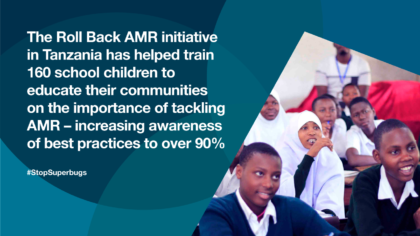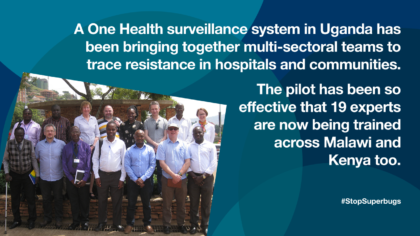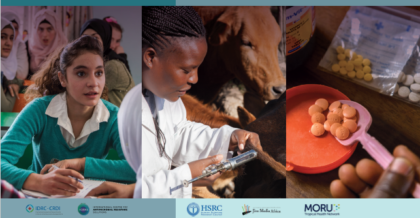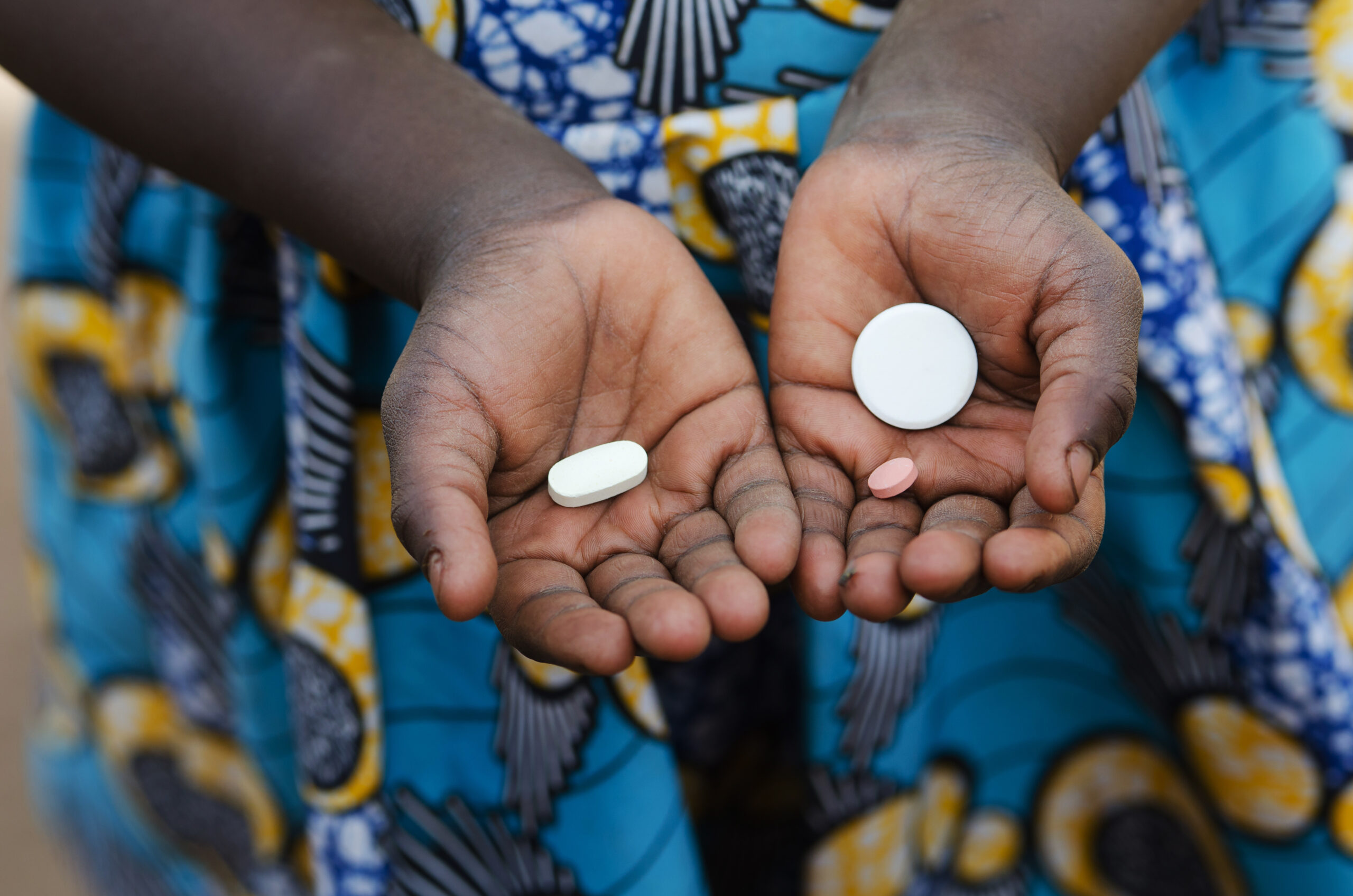A layered strategy for tackling antimicrobial resistance: the Swiss cheese model for policy, prevention, and engagement
Despite robust evidence on the health and economic burdens of AMR, policymakers, governments, and international organisations face persistent challenges in implementing and financing comprehensive strategies. Low political will, competing health priorities, weak health systems, and economic constraints hinder meaningful action. Although few countries have made progress, the meagre number of effective policies only highlights the broader global inertia.
This Comment from The Lancet Microbe introduces the Swiss cheese model of AMR, showing how successive imperfect layers of defence, when aligned effectively, can reduce risk and prevent system failure. The model visualises 15 codependent layers across:
- One Health contexts (human, animal, plant and environmental health),
- Targeted interventions (WASH, IPC, stewardship, diagnostics, awareness)
- Resource allocation (investment, workforce, innovation).
The authors make clear that without sustained investment, strategic communication, and coordinated action, AMR will continue to threaten public health, undermine modern medicine, and impose substantial economic costs.
Details
Resource type: Article
Date: 18. August 2025
Publisher: The Lancet Microbe
Author: Elias Mossialos, Sabiha Essack, Ian Mackay, Michael Anderson
Region: Cross-regional
Sector: Multi-sectoral
Share
Share this project on socials
Related resources

Roll Back Antimicrobial Resistance Initiative delivering AMR School Clubs in Tanzania
Roll Back Antimicrobial Resistance Initiative

Implementation of a One Health AMR surveillance system in Uganda, Malawi and Kenya
The University of Edinburgh

What’s gender got to do with antimicrobial resistance? More than first meets the eye…
ICARS, IDRC, HSRC, MORU, and Jive Media Africa
Related projects

Reducing antimicrobial use through improved provision of colostrum and use of vaccines in weaning pigs in Colombia

Improving the management of urinary tract infections in women using innovative community engagement approaches


